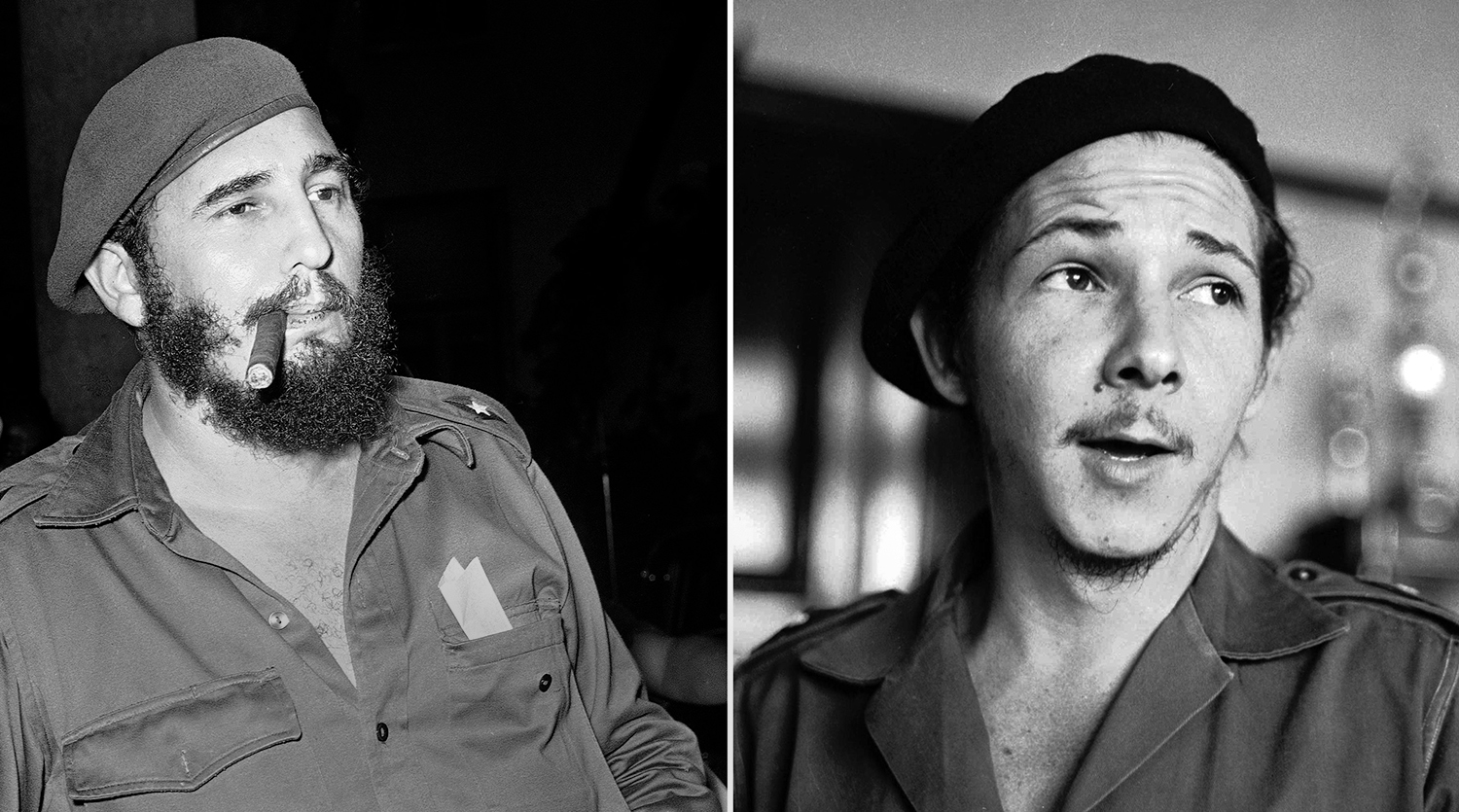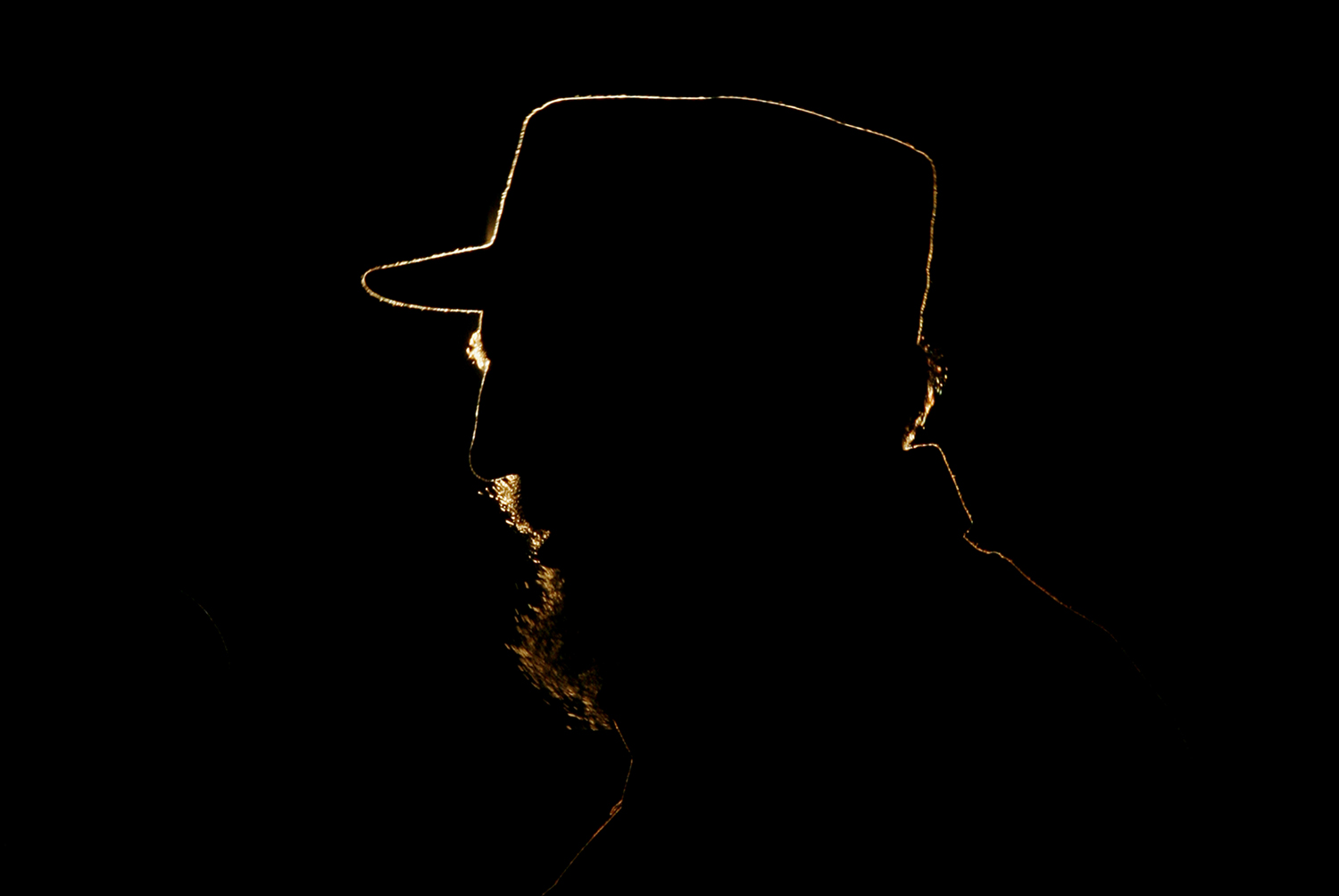Cuba’s Castro brothers through the years

The men who have run Cuba for nearly six decades began life in a remote, rural part of the island known as Biran, sons of a wealthy farmer.
Both Fidel and Raul Castro turned to radical politics at a young age as they went to school first in the eastern city of Santiago, later at the University of Havana.
They burst into prominence in 1953 leading a quixotic, failed attack on the Moncada military barracks in Santiago hoping to topple the dictatorship of Fulgencio Batista. Both were imprisoned, were freed in an amnesty and went into exile in Mexico, where they organized a guerrilla band that returned to Cuba by boat, the Granma, in 1956.
Despite initial setbacks, the bearded guerrillas operating in the eastern mountains steadily gained support across the country. On Jan. 1, 1959, Batista fled and Fidel Castro became the unquestioned leader of Cuba, with his younger brother put in charge of the armed forces.
Fidel Castro’s government initially executed or imprisoned many foes, and veered to Soviet-backed socialism in the early 1960s. Cuba backed revolutions across Latin America, and while most of those failed, the Castros’ resistance to U.S. domination inspired millions across the continent and beyond.
Fidel Castro’s control survived repeated U.S. plots to overthrow or kill him, and even the hardships that followed the 1991 collapse of the Soviet Union, which had kept the island’s economy afloat. But illness finally forced Fidel to turn over power in 2006 to Raul, who formally became president two years later.
Fidel died in 2016 and Raul, who turns 87 in June, has announced that he will step aside as president this month — though he plans to remain in what is probably a more important position: head of Cuba’s lone permitted party, the Communist Party.
Curated by Anita Baca in Mexico City























